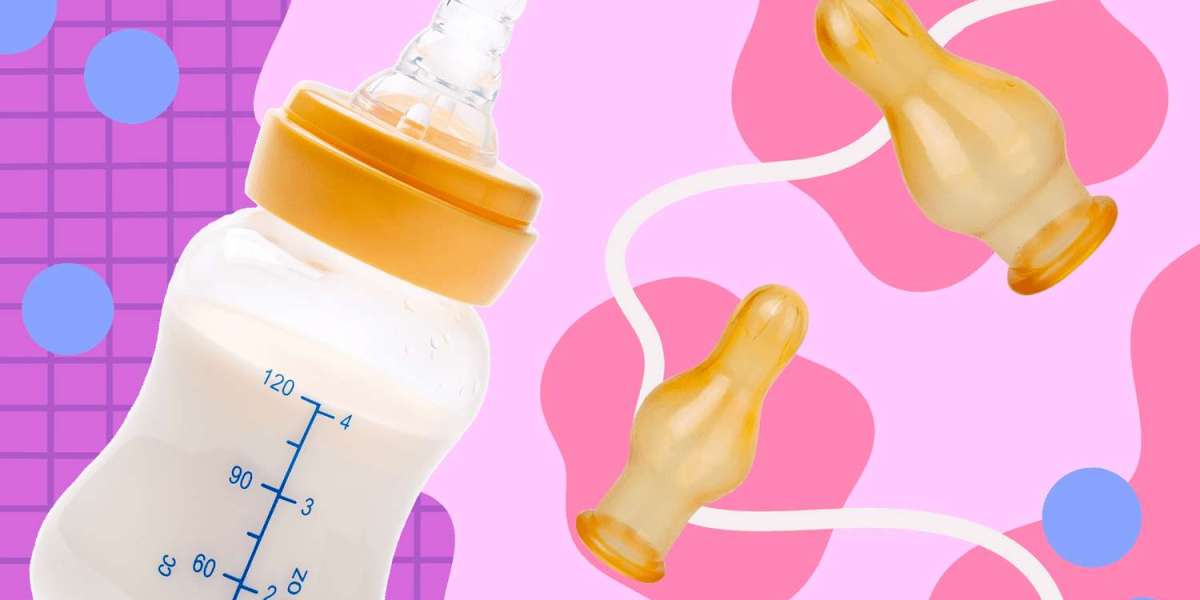Are Sterilising Tablets Safe for Babies? Everything Parents Need to Know
As a parent, ensuring the safety and health of your baby is paramount. One important aspect of this is sterilizing baby bottles, pacifiers, and other feeding equipment to protect against harmful bacteria. Sterilising Tablets Safe For Babies are a popular and convenient option for many parents, but are they safe for your baby? Let’s explore the ins and outs of using sterilising tablets.
What Are Sterilising Tablets?
Sterilising tablets are disinfectant tablets that dissolve in water to create a solution that kills bacteria, viruses, and fungi. They are commonly used to sterilize baby feeding equipment, medical instruments, and even drinking water. The active ingredient in most sterilising tablets is a form of chlorine, which is effective in eliminating germs.
How to Use Sterilising Tablets
Using sterilising tablets is straightforward:
- Clean the Equipment: Thoroughly wash the baby bottles, teats, and other equipment with soap and water to remove any milk residue or dirt.
- Prepare the Solution: Fill a large container with cold water and add the required number of sterilising tablets, following the manufacturer’s instructions.
- Submerge the Equipment: Place the cleaned equipment into the solution, ensuring they are fully submerged and there are no air bubbles trapped inside.
- Wait: Leave the items in the solution for the specified time, usually around 30 minutes.
- Use: After the sterilising period, the equipment can be used directly from the solution without the need to rinse, as long as the solution was prepared correctly.
Are Sterilising Tablets Safe for Babies?
Sterilising tablets are generally considered safe for babies when used as directed. Here’s why:
1. Effective Germ Elimination
Sterilising tablets are highly effective in killing a wide range of pathogens that can cause illnesses in babies. This helps in ensuring that feeding equipment is free from harmful bacteria.
2. Non-Toxic When Used Correctly
The chlorine solution created by sterilising tablets is safe for babies as long as the correct dilution is used. The concentration of chlorine is low enough to be non-toxic, but effective in sterilisation. Always follow the manufacturer’s instructions to ensure safety.
3. Convenience and Portability
Sterilising tablets are especially convenient for parents who travel or do not have access to electric sterilizers. They provide a simple, portable solution for keeping baby items sterile.
Precautions to Take
While sterilising tablets are safe, there are some precautions you should take:
- Follow Instructions: Always adhere to the manufacturer’s guidelines on the correct number of tablets to use and the duration for which items should be submerged.
- Storage: Store sterilising tablets out of reach of children to prevent accidental ingestion.
- Rinse When Necessary: If recommended by the manufacturer, rinse items with cooled, boiled water before use, especially if you notice any residual smell or taste of chlorine.
Alternatives to Sterilising Tablets
If you prefer not to use sterilising tablets, there are other methods to sterilize baby equipment, including:
- Boiling: Submerge items in boiling water for at least 10 minutes.
- Steam Sterilizers: Use an electric or microwave steam sterilizer.
- UV Sterilizers: Use UV light to kill bacteria and viruses.
Conclusion
Sterilising tablets offer a convenient and effective way to keep your baby’s feeding equipment safe and germ-free. When used correctly, they are a safe option that provides peace of mind for parents. Always follow the instructions provided and take necessary precautions to ensure your baby’s health and safety. If you have any concerns, consult with your pediatrician to find the best sterilization method for your needs.








